We're building a conference badge. No, we're not planning on organizing a Hackaday conference. It's for all the other conferences Hackaday goes to. If you have this badge, you're a member of an elite club, able to socialize in meatspace just as easily as you do here on .io.
A temporary spreadsheet is at this link : https://docs.google.com/spreadsheets/d/1TQAMLQUpt3ODg-VV_vUpoy4Eo5H531MVdNZf-1rAA8g/edit?usp=sharing
Project chat is here : https://hackaday.io/messages#/conversation/7968https://hackaday.io/messages#/conversation/7968
 Anool Mahidharia
Anool Mahidharia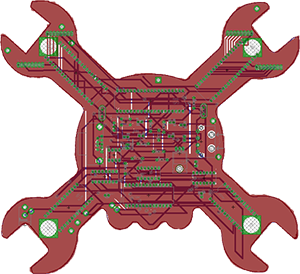













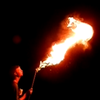

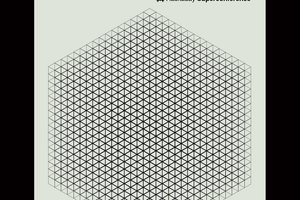
 Sophi Kravitz
Sophi Kravitz
 Pavel Zhovner
Pavel Zhovner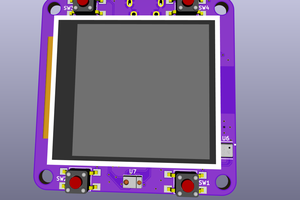
 oshpark
oshpark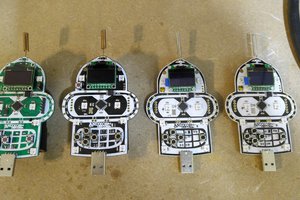
 Zapp
Zapp
We did something similar http://www.bitbox.co.uk/product/intelligent-conference-badges:-bluetooth-click-link(3-pack)/